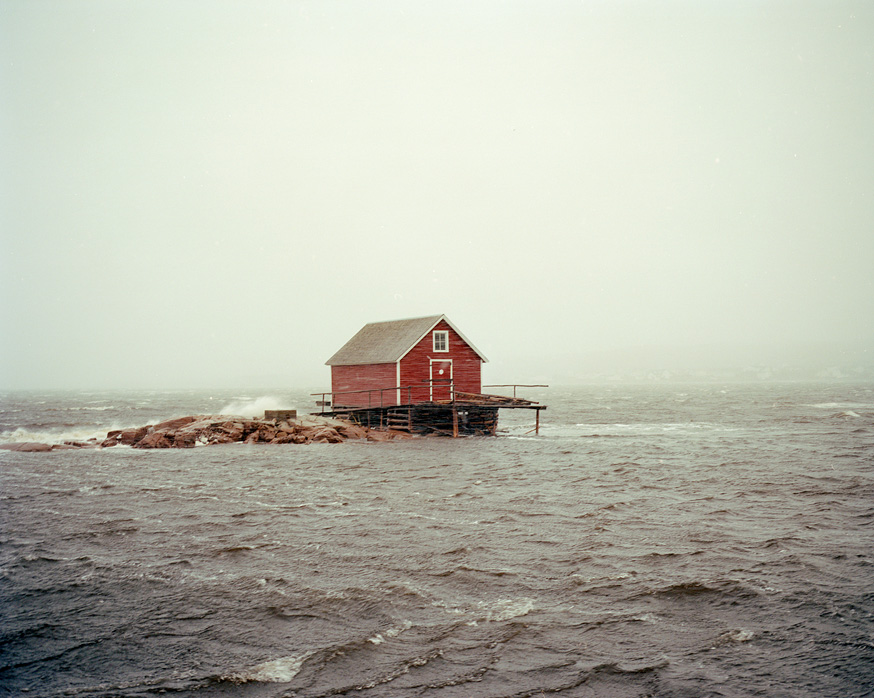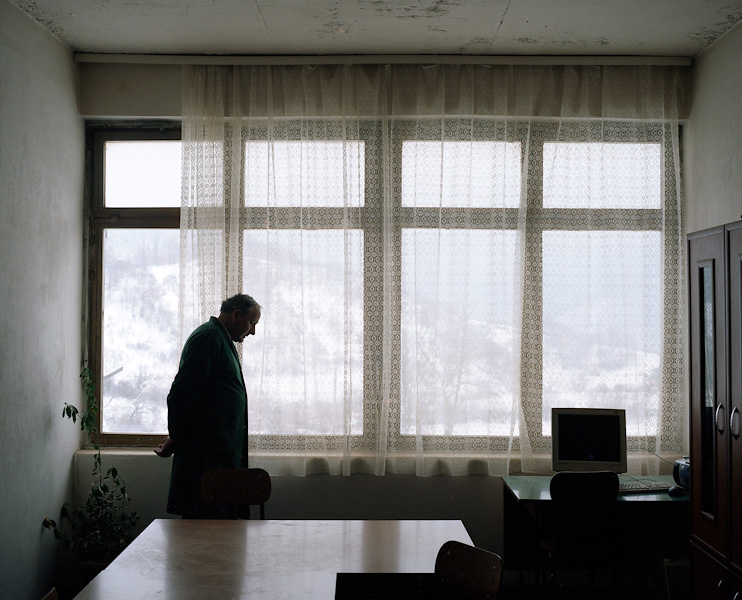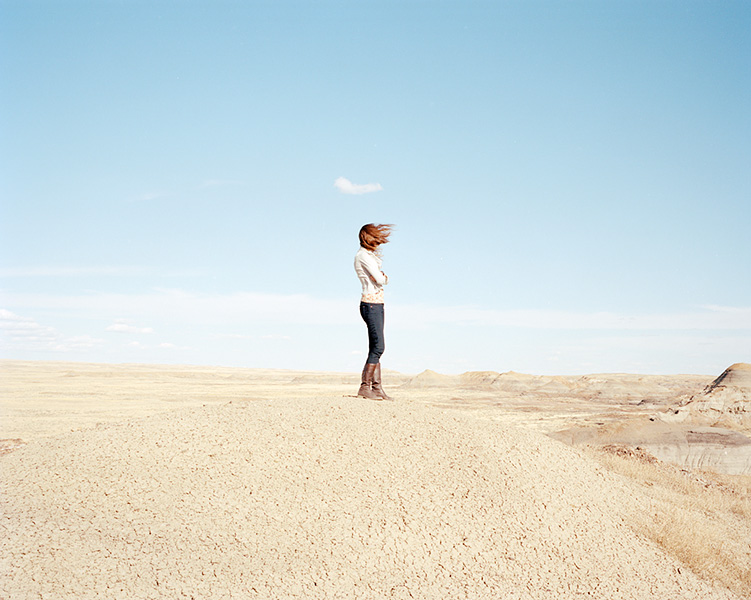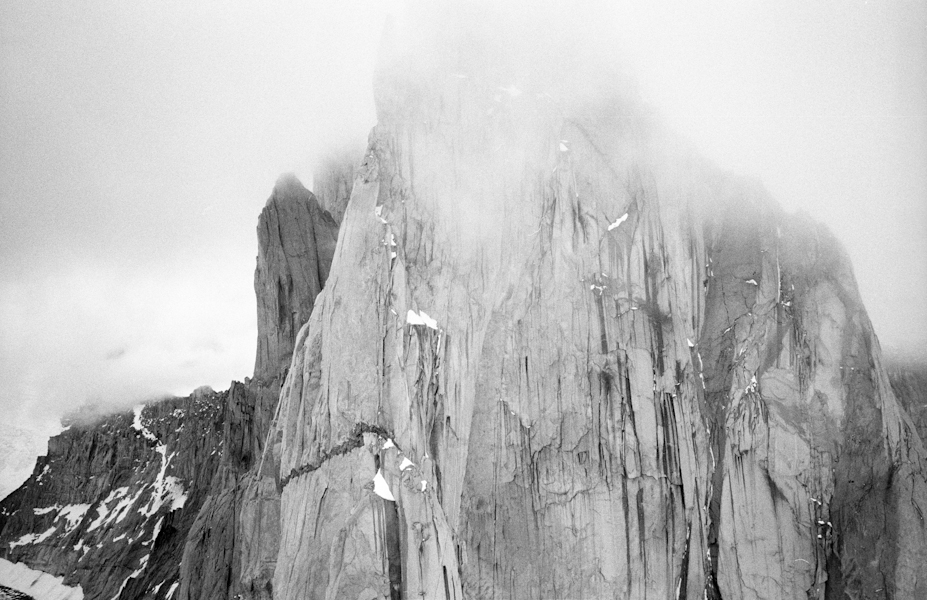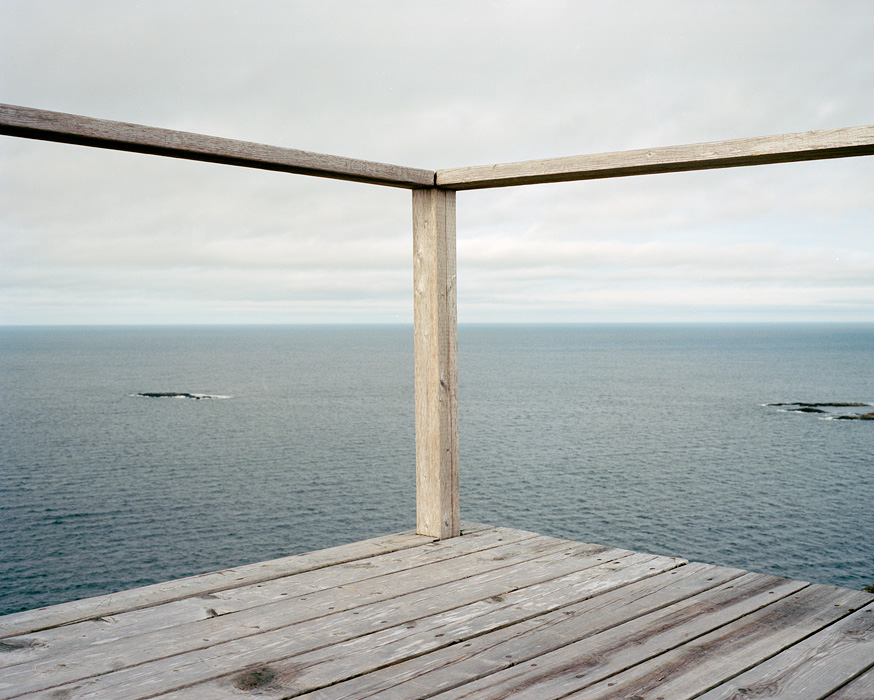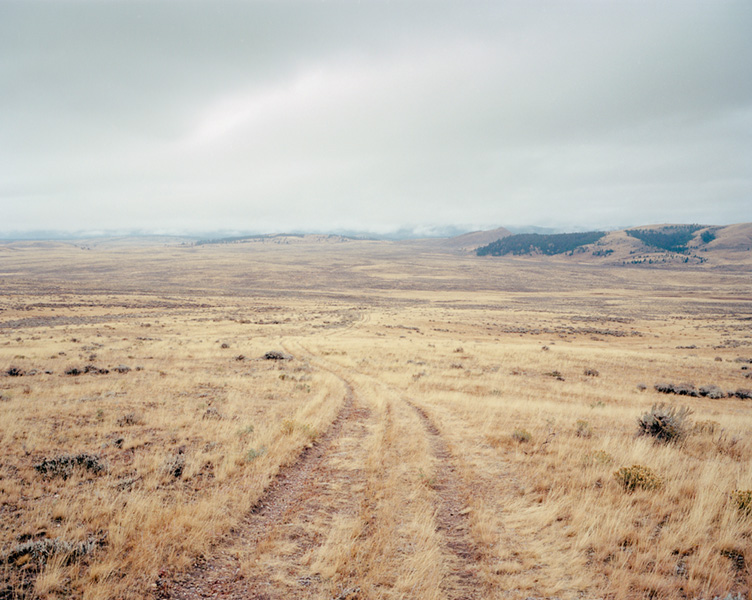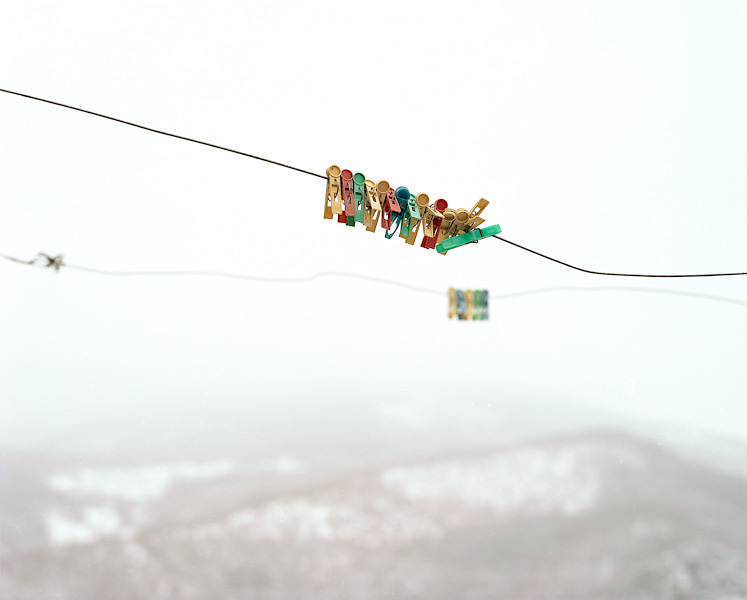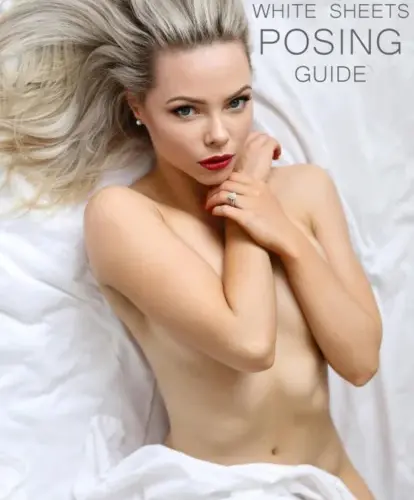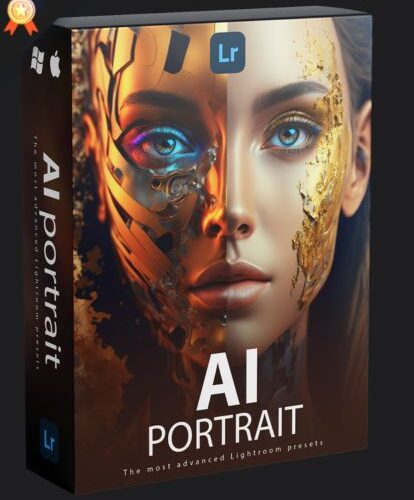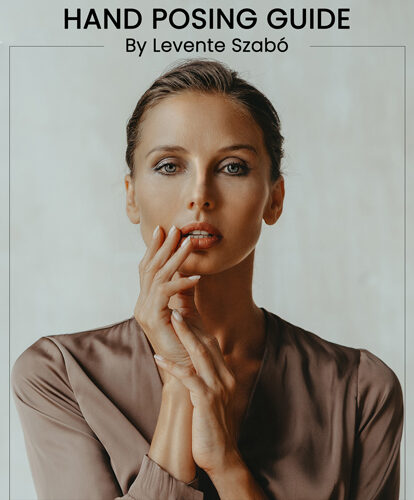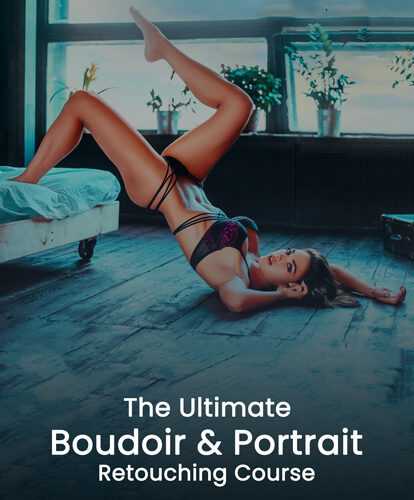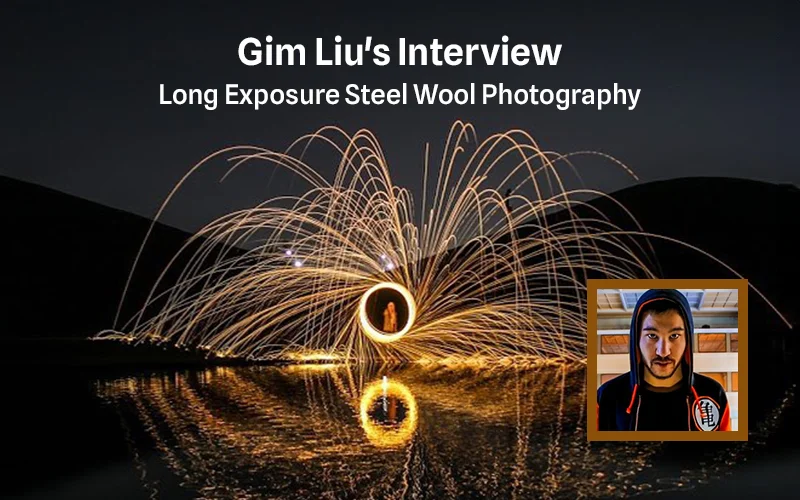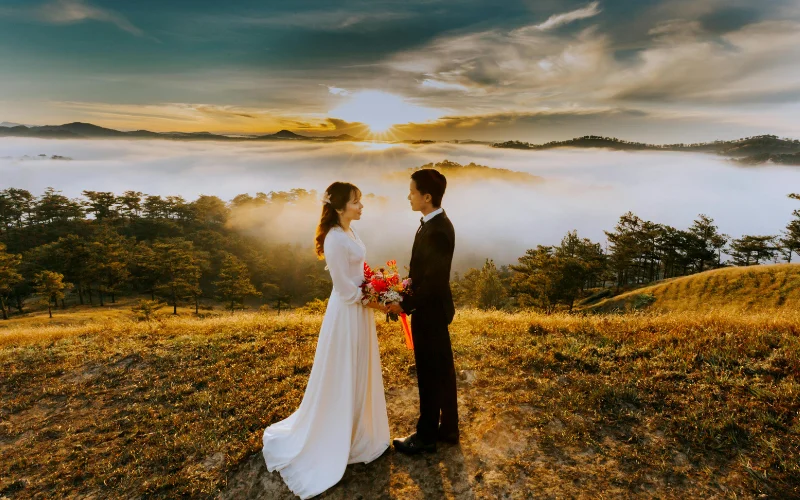Andrew Querner Interview: Capturing the Loneliest Places on Earth with One Camera, One Lens, and Two Eyes
Documentary and portrait photographer Andrew Querner has worked with TIME, the Wall Street Journal, ESPN, and the New York Times. Although these clients are exceedingly high-profile, what’s remarkable is that Querner started, like most do, taking photographs of his friends and his friends’ lives. Though, unlike most, these friends were mountain climbers and his backdrops the impossibly high vistas. Not exactly precious snapshots captured on a lonely night.
Looking at Querner’s images you’ll notice why he’s been fortunate to work with some of the best clients around. Querner is consistent, most images were taken with one camera, one lens, and one stock. His work never dips or sways from quality. They are all remarkably soft and incredibly easy to look at. Though this doesn’t mean they lack focus or bite. They have edges, yes, but these edges are folded back inside. They make do with smoothing out. And who knows? Maybe this is the proper way to capture some of the loneliness places on Earth.
In this interview, Querner talks about how he got his start in photography, explains why he only shoots with one lens and one camera, and reveals why he’s in love with natural light.
Your work is really great, and you’ve also shot for the New York Times, WSJ, TIME. How did you get your start? How would you describe your work?
I got my start shooting pictures of mountain climbing which was essentially going climbing and taking pictures of my friends. Early on I became interested in photojournalism and began to take this approach in my climbing stuff. Today, I would describe my work as a documentary but I’m still very much exploring what that can mean.
How did you secure your first commissioned work? Any advice to other photographers looking to secure their first?
I was producing personal projects for about two years before I received my first commission. I think it was as simple as making work that was important to me and putting it out there on a very basic level (my website).
The texture and feeling of your photographs are surprisingly consistent throughout your projects. You seem to prefer natural lighting and wide frames. Why do you think you prefer shooting this way?
I mainly shoot with one camera, one lens, one film stock and natural light. Of course, all of this contributes to a consistent look. I love natural light and the way it changes the nature of things from one moment to the next. So to some extent I simply enjoy paying attention to what the light is doing and often this ends up being a starting point for a photograph. It has so much to offer if one is willing to live with a bit of uncertainty.
When shooting with a wide lens, you often feature a visual punctuation that connects everything around it. Some of these can be subtle for instance, the woman’s eyes in the 8th image of Wood Buffalo (her eyes are really tender). What is your general approach to composition? Do you find these visual points of interest intuitively?
It’s definitely an intuitive process that usually starts when a particular scene or detail reveals itself. Then it’s a matter of building a picture around that detail. Often I’ll wait for the right light before photographing or I’ll do a bit of rearranging to add or remove context. It’s a tough question to answer because in the end, it is very much about feel.
I really like Prologue. There are plenty of landscapes in it. Could you explain your aim with this project?
Prologue came from the recollections of my parents who met in Billings, Montana while visiting from their respective counties of Japan and Austria. Memories of their first encounters with the American landscape and people served as starting points for making pictures while on my own road trip through Montana with my girlfriend. I’m not sure that I had a specific aim with the project but I was interested in the opportunity to understand my parents on a level that I hadn’t previously known. I had a strange nostalgia in visiting the places in the photographs, not because I’d been there before but because my parents had moved through the same landscape 40 years earlier. The whole process which only last 10 days was simply a pleasure.
The 2nd image in that set is really funny. I imagine it as a subtle subversion of both landscape and product photography. Was it? If not, what is usual approach to taking landscapes? What natural features are you drawn to?
It wasn’t a deliberate subversion. Just a note that speaks to life on the road. My approach to landscapes is very much similar to what I was describing earlier… simply being open to certain visual cues which cause me to pause. In Montana I would often stop in places that, despite their apparent isolation, still found a connection to past human touch.
The last image in that project is great. The composition is classically beautiful. It is centered and uncluttered, 19th century romantic looking to the vast desert. Could you explain how this image came about from start to finish?
We were driving on a particularly empty stretch of highway when we passed a turn off to the right called Crow Rock Road. Something about it caused me to double back. We drove down the road a few minutes before getting out to climb a hill. The landscape was very affecting and I had a good feeling about making a nice image. I asked my girlfriend to stand on the top and the wind gusted unexpectedly.
Be sure to check out all of Andrew’s work on his website and tumblr!

